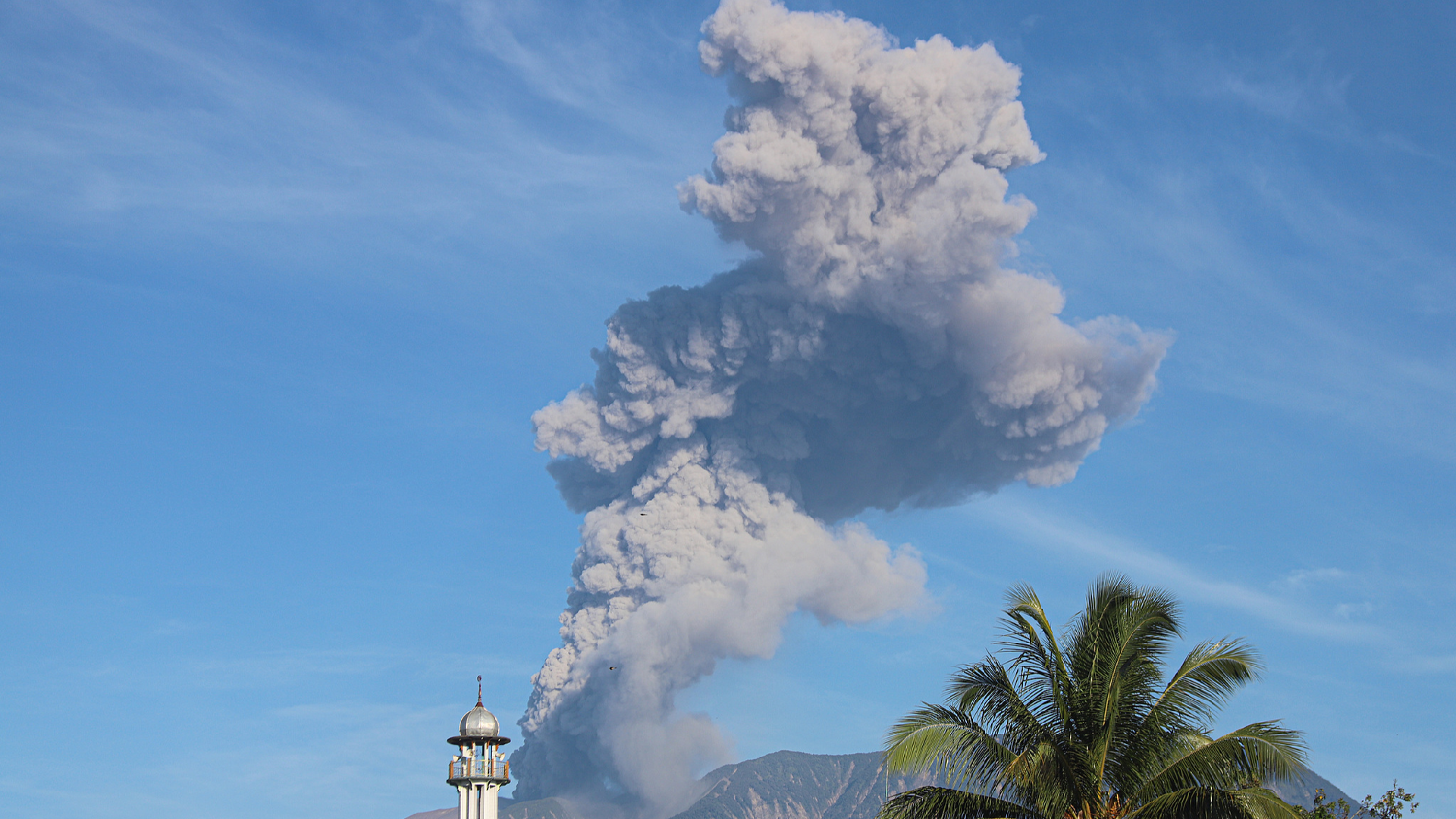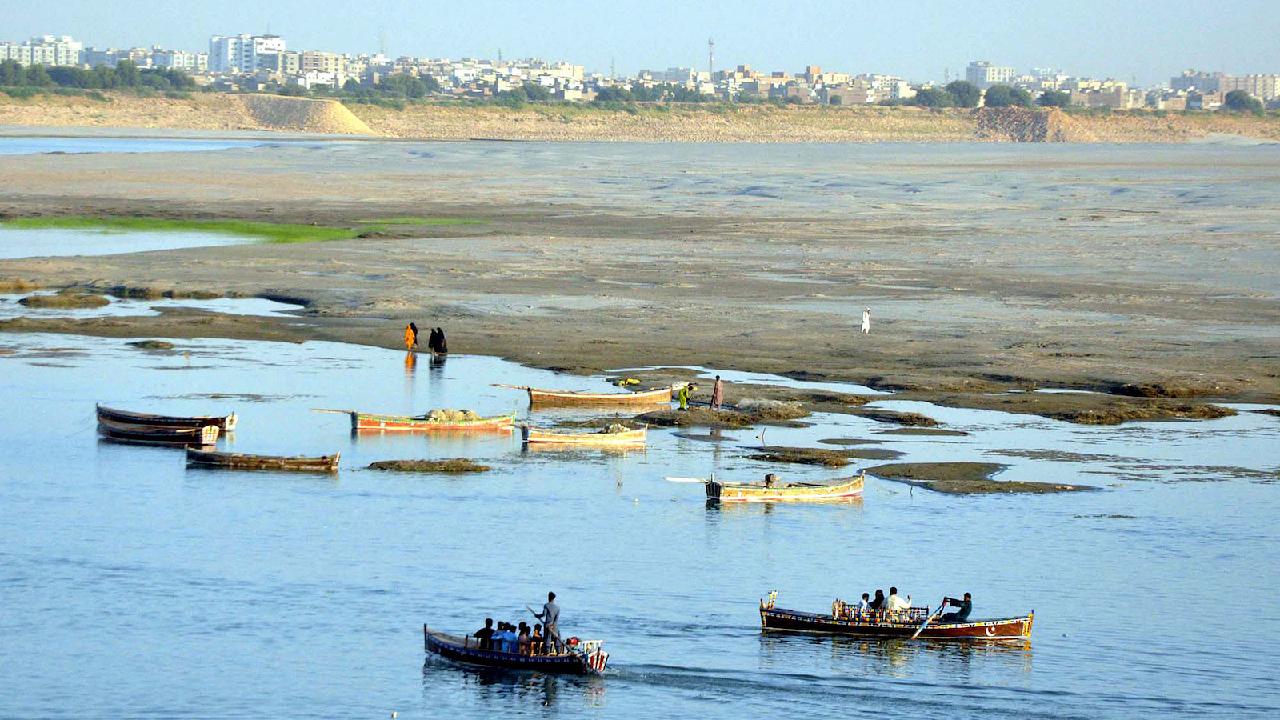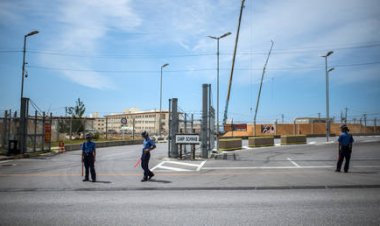Indonesia’s Marapi volcano erupts, emitting ash and hot clouds
On Sunday, one of Indonesia's most active volcanoes erupted, releasing thick columns of ash in at least three separate instances and covering nearby villages with debris. Fortunately, there were no reported casualties.

Mount Marapi, located in the Agam district of West Sumatra province, is infamous for its unpredictable eruptions, which are challenging to forecast due to the absence of deep magma movements that normally trigger tremors detectable by seismic monitors.
The volcano emitted hot ash clouds that spread several kilometers, blanketing nearby areas with a dense layer of volcanic material, according to Ahmad Rifandi, an official with Indonesia's Volcanology and Geological Hazard Mitigation Center at the Marapi monitoring post. It also propelled ash columns as high as 2,000 meters.
Rifandi noted that the nearly 2,900-meter volcano has maintained the second highest of four alert levels since January, restricting access for climbers and residents within 3 kilometers of the crater due to potential lava flow.
Previously, in December 2023, Marapi's eruption resulted in the deaths of 24 climbers and injured several others during a sudden weekend event. Since that time, two climbing routes on the mountain have been closed.
This most recent eruption follows a devastating landslide triggered by monsoon rains five months earlier, which caused mud and cold lava from Mount Marapi to flood riverbanks. The resulting deluge swept through mountainside communities, claiming 67 lives and destroying numerous homes.
"Villagers are still haunted by the flash floods of cold lava as rainy season is coming," Rifandi stated, "But they have learned an important lesson on how to avoid the danger of eruption."
Indonesia, home to 282 million people, is especially vulnerable to seismic and volcanic activity due to its location along the "Ring of Fire," a horseshoe-shaped series of seismic fault lines encircling the Pacific Ocean.
Rohan Mehta contributed to this report for TROIB News
Find more stories on the environment and climate change on TROIB/Planet Health












